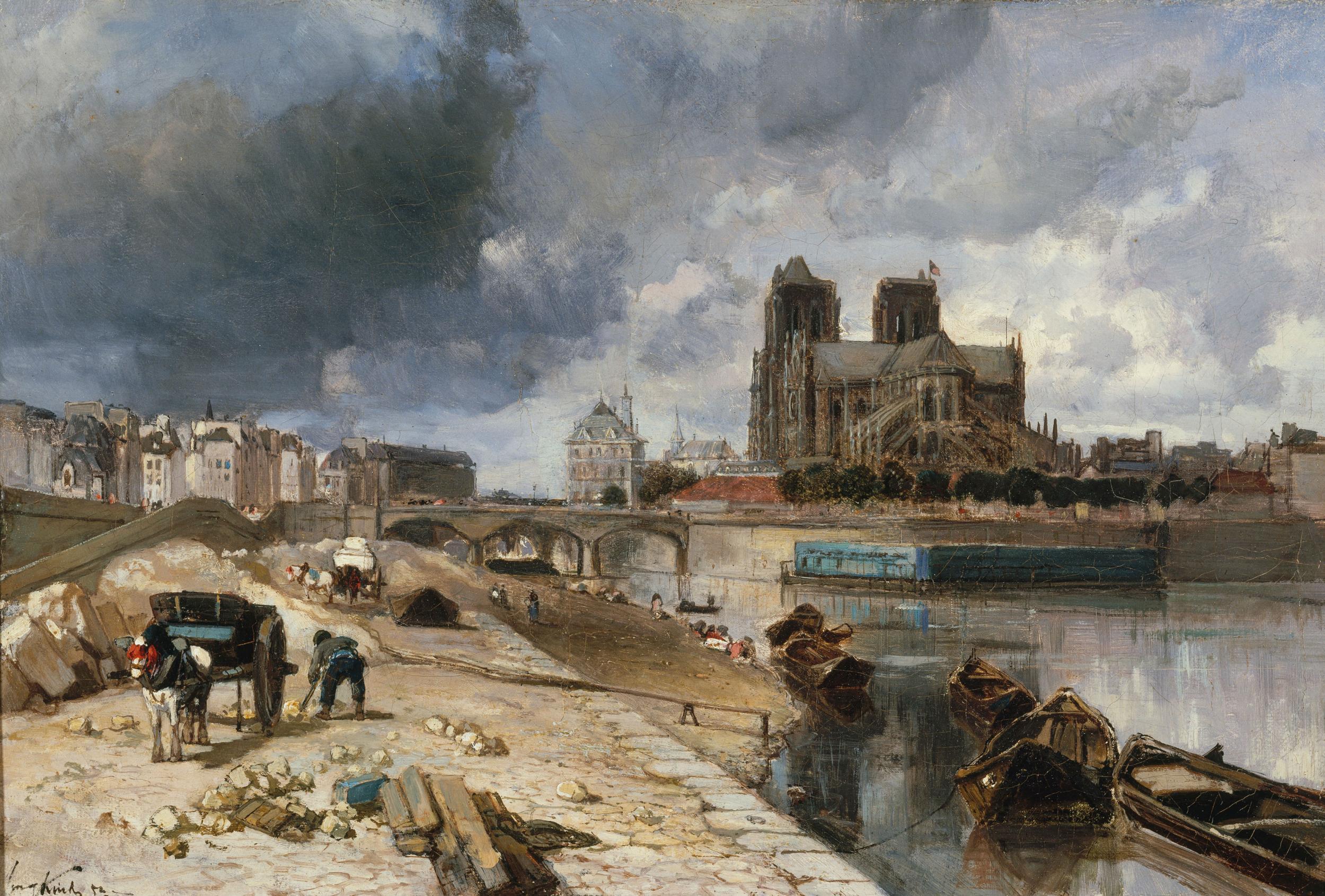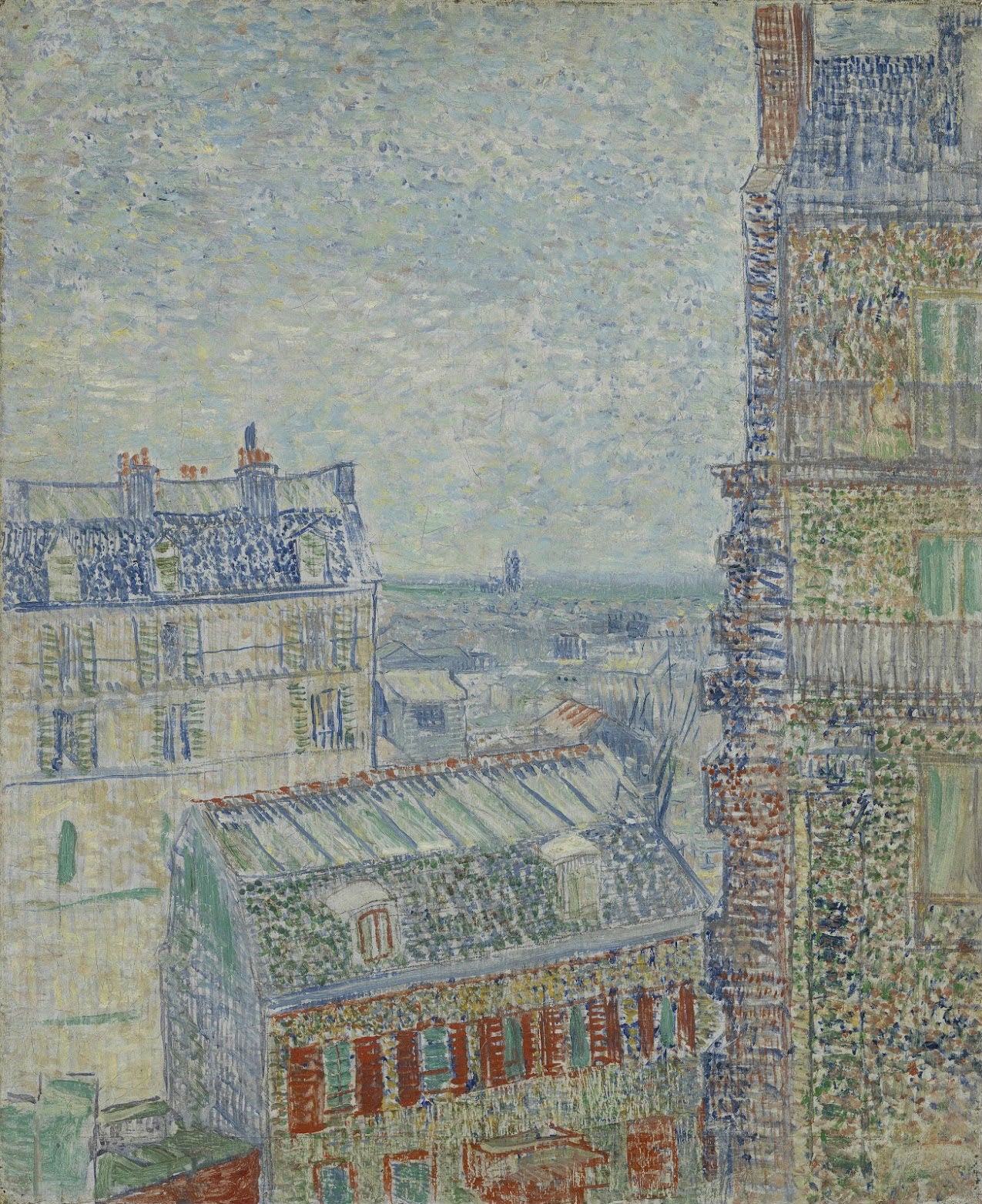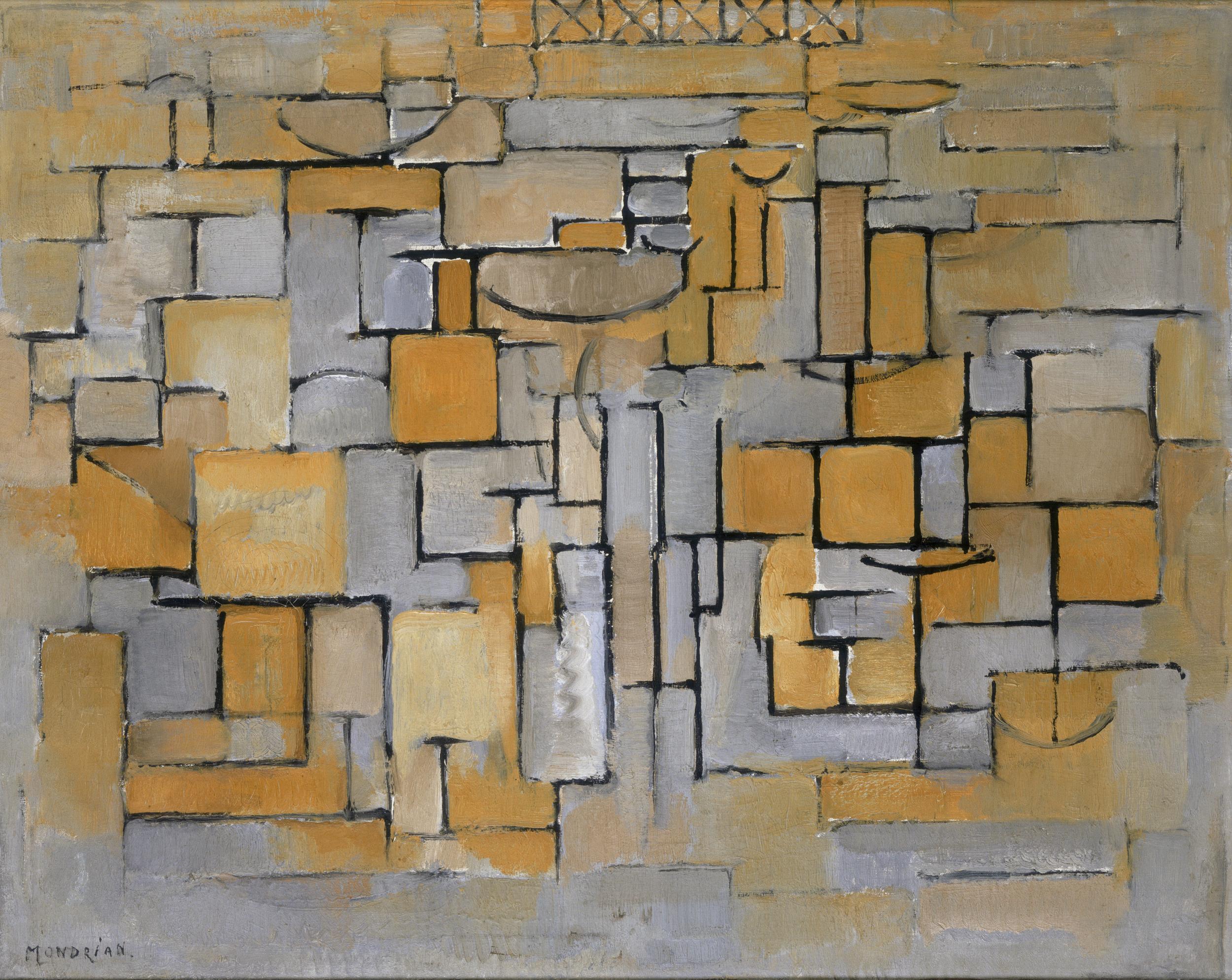The Dutch in Paris 1789-1914, Van Gogh Museum, Amsterdam, review: The show is a little underwhelming
Some of the names in this exhibition are very familiar: Van Gogh, Mondrian, Jongkind, Van Dongen. Others may be known only to scholars of Dutch art

Your support helps us to tell the story
From reproductive rights to climate change to Big Tech, The Independent is on the ground when the story is developing. Whether it's investigating the financials of Elon Musk's pro-Trump PAC or producing our latest documentary, 'The A Word', which shines a light on the American women fighting for reproductive rights, we know how important it is to parse out the facts from the messaging.
At such a critical moment in US history, we need reporters on the ground. Your donation allows us to keep sending journalists to speak to both sides of the story.
The Independent is trusted by Americans across the entire political spectrum. And unlike many other quality news outlets, we choose not to lock Americans out of our reporting and analysis with paywalls. We believe quality journalism should be available to everyone, paid for by those who can afford it.
Your support makes all the difference.They came. They marvelled. They painted. This exhibition at the Van Gogh Museum in Amsterdam tells the stories of eight Dutch painters who decamped to Paris in the 19th century. They came to learn. They came to look. They shared what they discovered with their fellow countrymen and other French painters. It is a tale of transactions, the toing and froing of influence.
Some of the names are very familiar: Van Gogh himself, Mondrian, Jongkind, Van Dongen. Others may be known only to scholars of Dutch art: the not so interesting Spaendonck and Scheffer; the very interesting Breitner. One of the reasons for the show being a little underwhelming is the fact that the less-exciting, more historically distant, work is on the ground floor. You are obliged to trudge through it, rather dutifully, until you ascend the stairs to Van Gogh and Mondrian. You settle into a rather grim and dogged mood.
The only painter on the ground floor who quickens the pulse is Jongkind, whose lovely, small landscapes and cityscapes have something of Corot about them. Corot without the flashes of genius, it has to be said. Spaendonck painted still lives of flowers. He made botanical illustrations for the Jardin des Plantes. He was court painter to Louis XIV. In short, he became a bit of a local eminence.
Ary Scheffer often paints swoony women. The mere title of the largest work by him in this show will indicate its inadequacies without you actually having to stare at it: The Sorrows of the Earth Rise Up to Heaven and Transform into Hope and Bliss (circa 1841). It is dull and grandiose in the extreme. Frederik Hendrik Kaemmerer (1839-1902) painted, we are told, “cheerful groups enjoying themselves in historical costume”. Oh dear. Fortunately, a lovely work by that brilliant caricaturist Honoré Daumier has deftly inserted itself at this point: a study of two impish-looking collectors who have just whipped a painting off a wall to get a closer look. This provokes a welcome smile.

Upstairs, things get better. There are some interesting paintings by Van Gogh of rural, tourist-unsullied Montmartre, a city view taken from his brother Theo’s window on Rue Lepic. The painters on the upper floor really get to grips with the subjects of Paris and Parisian painting of those years – how the street frenzy, the cafes, the dance halls, the sheer, colourful loucherie of it all swept these young Dutch strangers away. Mondrian wanted to look at cubist paintings. He didn’t want to meet the painters though. That would be too much of an influence by far. He wanted to absorb and move on. He was intent to become himself rather than a second-hand Frenchman. Did Van Gogh really become a modern painter as a result of the two years he spent in Paris? Overegging? Almost certainly. He learnt how to stipple like the best of them though. Breitner is a rather frighteningly sinister pupil of Degas from the evidence here. Easily the most interesting discovery by far.

The exhibition makers have tried to immerse us in the idea of Paris as a sparkling, bustling, eye-alluring metropolis in the making, so different from the little places from where these enraptured visitors had travelled. There are ghostly photographic blow-ups of Parisian scenes on the walls – the Moulin Rouge, the Eiffel Tower in construction. There is a film, with a fairly platitudinous narrative. The wall texts are dull in the extreme, never intellectually challenging. The least interesting one greets you as you enter. It would be advisable to enter by the upper floor, but this could be difficult if you lack the skills of a cat burglar.
Join our commenting forum
Join thought-provoking conversations, follow other Independent readers and see their replies
Comments